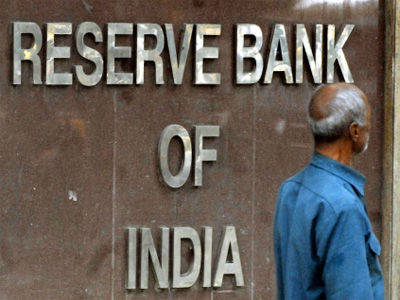Digital Native is a term use to refer to those generation of people who are born after the digital technology arrived. The Digital age that enabled the individuals to transfer information freely and get instant access to information. When connectedness whether to information or people evolved when the Digital native emerged.This dawn of Digital Age roughly coincided with the 1960s. However i feel that for the Developing countries or the “South” as they are known as in a Digital age the dawn happened in the late 1990s when the mobile and internet connectivity emerged. Even now only 5% of Indian have access to any form of Internet connectivity.
The problem with this definition is that it assumes a time period as a cut-off. But it is difficult to exactly measure when the technological change happens. It is an iterative as well ad innovative process. The adoption of technology is an organic process that varies across geographies due to enabling or disabling factors.
The other definition of Digital Native
The other view is that Digital native refers to those who understand technology and adopt it to solve life problems or seek to create an impact. It is learned trait. This is similar to the nature vs nurture debate that is still unresolved in Life sciences to Management (whether leadership traits are inborn or acquired).
A person who was born before the technology arrived and adopted it later is called a Digital Immigrant.
Technology adoption is influenced by social, economic and political barriers as also personal interests. It is not possible to paint all digital natives as similar in one brush stroke. Even within a country or even a locality the technology access and adoption are not linear. One can hope arrive at a workable concept or idea of a digital native by choosing to analyse how the Digital natives choose to engage with their immediate environment and use technology for personal and social change.
The status of an Indian
I think most Indians would be a combination of a Digital Native and a Digital immigrant. For most people, the technology may have arrived. But for them to access it there are many barriers like affordability, access and cultural factors. For example an iPhone is still unaffordable to most Digital natives of India today. In the same way vast majority of rural India still doesn’t have access to broadband internet services. Even if it is available cultural factors like lack of awareness, negative attitude on the part of parents or significant people may inhibit access. So a time based classification doesnt really suit the purpose.
Latest posts by Nagarajan M (see all)
- Teachers can now take Attendance in Google Meet when Teaching Online - May 30, 2020
- Some Best Visualization of CoVid19 Crisis - March 29, 2020
- The Story of Creation of the Digital Village that defied the Cash ban #Demonitisation - November 17, 2016






